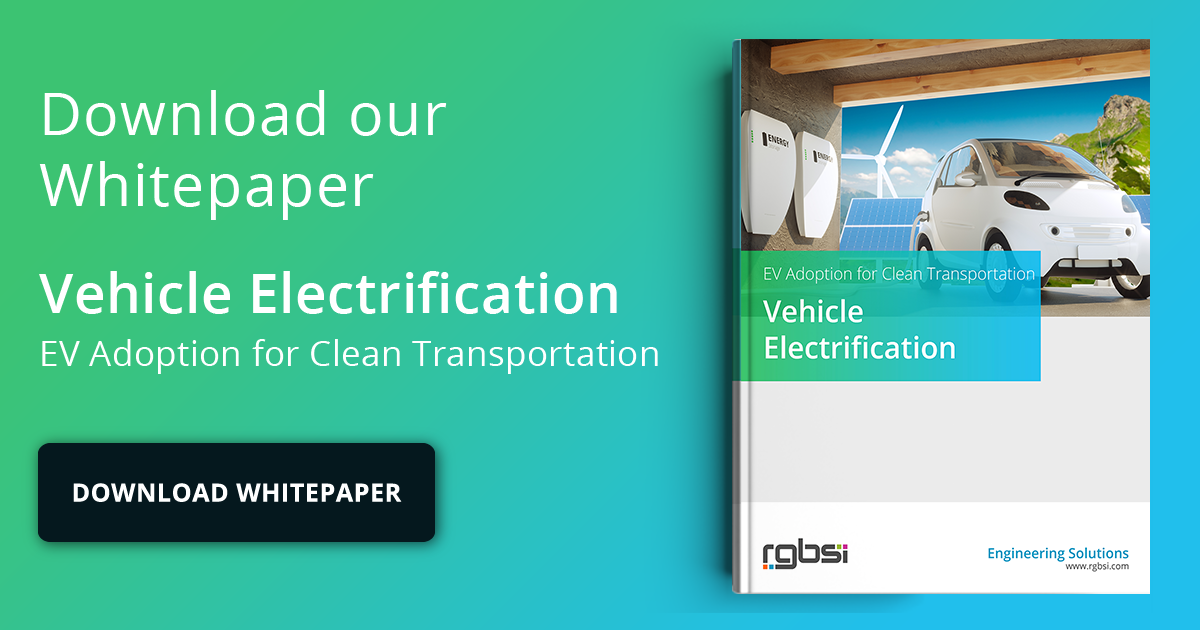
Cities around the world are turning to intelligent transportation systems (ITS) to enhance mobility, reduce congestion, and improve safety. ITS uses advanced technologies to create smarter, more responsive traffic management systems. This post looks at the key components of ITS and how they are making a more context aware transportation system.
Components of Intelligent Transportation Systems (ITS)
Sensors
Sensors are like the sensory organs of an ITS, gathering relevant data to help manage traffic effectively. They are strategically placed along roads, intersections, and transportation hubs to monitor everything from vehicle speed to weather conditions.
- Inductive loop sensors: These are embedded in the road and detect vehicles through changes in electromagnetic fields.
- Radar and LiDAR sensors: Using radio waves and laser pulses, these sensors measure vehicle speed and distance, providing precise traffic data.
- Video cameras: Positioned at intersections and highways, cameras capture visual data to monitor traffic conditions and detect incidents.
- Environmental sensors: These measure weather conditions like temperature, humidity, and visibility, which impact traffic flow and safety.
Control Systems
Control systems process the data collected by sensors and make real-time decisions to optimize traffic flow. Think of these systems as the central nervous system of ITS.
- Traffic signal control systems: These adjust traffic light timings based on real-time conditions to reduce wait times and improve flow.
- Ramp metering systems: These regulate the rate at which vehicles enter highways from on-ramps to prevent congestion.
- Incident management systems: These detect accidents and other incidents, dispatch emergency services, and redirect traffic to minimize disruptions.
Communication Networks
Communication networks enable the exchange of data between sensors, control systems, and traffic management centers.
- Wireless communication: Technologies like dedicated short range communication (DSRC) and 5G enable high speed, reliable communication between vehicles and infrastructure (V2I) and between vehicles (V2V).
- Fiber optic networks: These provide high-capacity, low-latency channels that connect various ITS components.
- Cloud computing: Cloud platforms store and process the vast amounts of data collected, enabling advanced analytics and real-time decision-making.
Benefits of Intelligent Transportation Systems (ITS)
Efficiency in Urban Mobility
ITS significantly enhances urban mobility by optimizing traffic signals and managing traffic flow in real-time.
- Reduced congestion: Adaptive traffic signal control systems adjust green light durations based on current traffic volumes, allowing vehicles to move more smoothly through intersections.
- Minimized travel times: By reducing stop-and-go driving, ITS helps cut down on travel time.
- Environmental benefits: Less idling and smoother traffic flow lead to reduced fuel consumption and lower emissions, promoting sustainable transportation.
Traffic Flow Optimization
ITS delivers a more predictable and reliable system that can better accommodate fluctuating traffic patterns.
- Ramp metering systems: These systems control the rate at which vehicles enter highways, preventing bottlenecks and ensuring a steady flow of traffic.
- Dynamic rerouting: In case of accidents or road closures, real-time traffic monitoring allows for immediate rerouting, keeping traffic moving and reducing delays.
Real-Time Data Utilization
The real-time data collected by ITS is invaluable for traffic management and planning.
- Identifying congestion hotspots: Traffic authorities can analyze data to pinpoint areas with frequent congestion and take corrective actions.
- Predicting traffic patterns: Understanding traffic trends helps in making informed decisions for future infrastructure developments.
- Proactive incident management: Quick response to accidents and breakdowns is possible, minimizing disruption.
- Public information sharing: Mobile apps and digital signage provide drivers with current traffic conditions, helping them choose the best routes.
The future of mobility is smart, connected, and efficient, with ITS leading the way. Intelligent transportation systems are revolutionizing how cities manage traffic, reduce congestion, and improve safety. By embracing ITS, cities and organizations can pave the way for a future where transportation is seamless, sustainable, and highly efficient, improving the quality of life for everyone.
Explore Supporting Topics on Smart Transportation
- Smart Transportation Products & Future of Mobility
- Road Safety with ADAS & DMS Cameras
- Fleet Efficiency with Advanced Telematics
- IoT & Industry 4.0 in Modern Transportation
- Sustainable Transportation with Technology
About RGBSI
At RGBSI, we help clients enhance performance, adopt innovation, and access global resources through strategic partnerships.
RGBSI's Smart Transportation Products
We offer a range of hardware products designed to enhance efficiency, safety, and connectivity across the transportation sector.
- Acoustic Vehicle Alerting System (AVAS): enhance pedestrian and cyclist safety by generating vehicle sounds at low speeds, tailored for electric and hybrid vehicles.
- Intelligent Controller Unit: centralize control and monitoring for fleet management with real-time data on vehicle health, location, and driver performance.
- Bus Driver Console (BDC): enhance driver communication and efficiency with an intuitive, robust interface designed for challenging environments.
- Reverse Parking Assist System (RPAS): improve vehicle safety during reversing with a wide-angle camera and automatic activation, ensuring clear visibility even in low-light conditions.
- Container E-Lock: secure cargo with advanced electronic locks, offering real-time tracking, tamper alerts, and encrypted communications.
- Advanced Telematics System: optimize fleet routes, monitor vehicles remotely, and schedule maintenance with real-time data on vehicle location, speed, and condition.
- DMS Cameras: enhance road safety by monitoring driver behavior, detecting signs of fatigue and distraction, and issuing alerts to prevent accidents.
- ADAS Cameras: improve vehicle safety with lane departure warnings, adaptive cruise control, and automatic emergency braking.
Learn more about our products.











